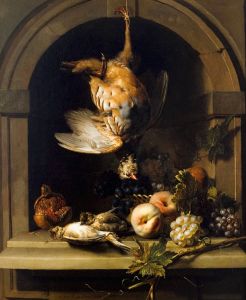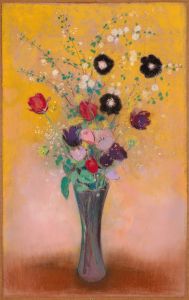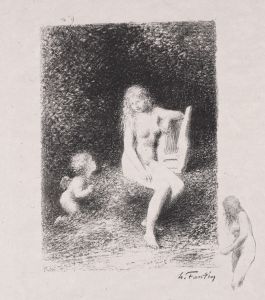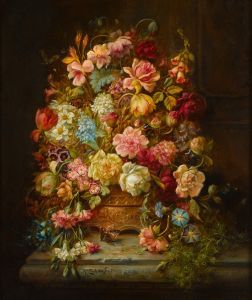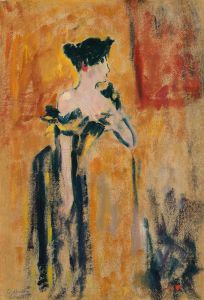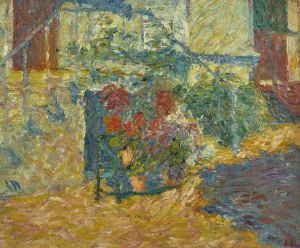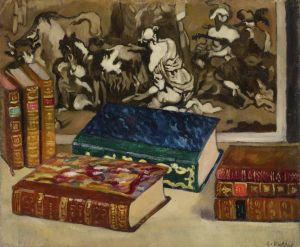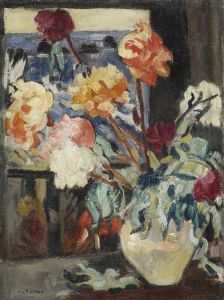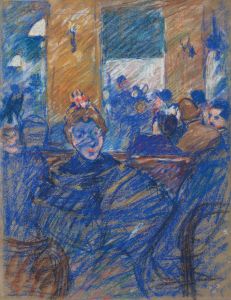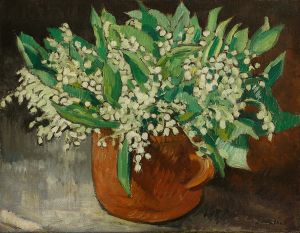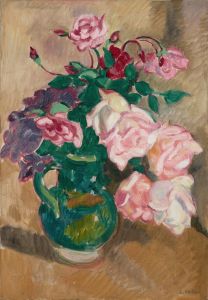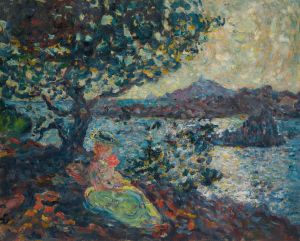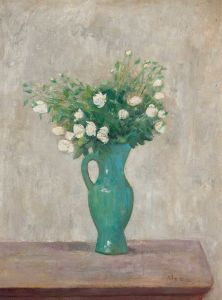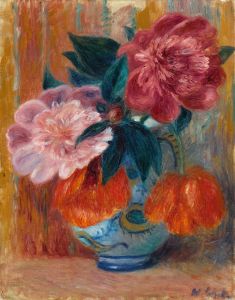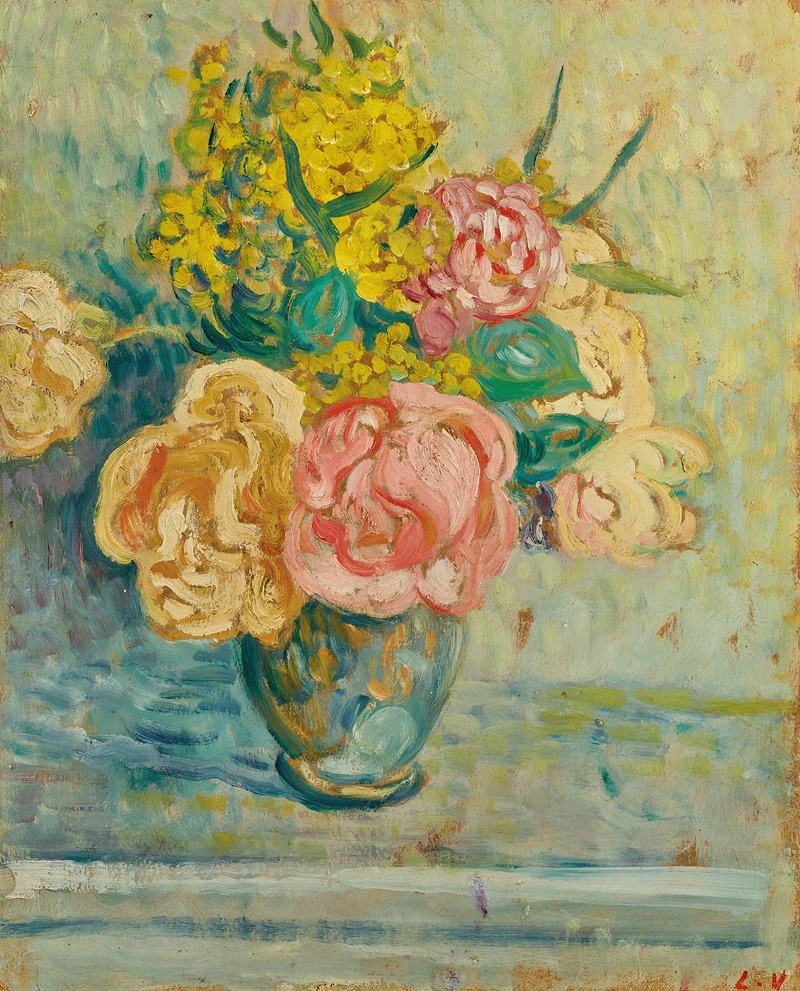
Bouquet de roses et de mimosas
A hand-painted replica of Louis Valtat’s masterpiece Bouquet de roses et de mimosas, meticulously crafted by professional artists to capture the true essence of the original. Each piece is created with museum-quality canvas and rare mineral pigments, carefully painted by experienced artists with delicate brushstrokes and rich, layered colors to perfectly recreate the texture of the original artwork. Unlike machine-printed reproductions, this hand-painted version brings the painting to life, infused with the artist’s emotions and skill in every stroke. Whether for personal collection or home decoration, it instantly elevates the artistic atmosphere of any space.
Louis Valtat was a French painter and printmaker associated with the Fauvist movement, known for his vibrant use of color and expressive brushwork. One of his notable works is "Bouquet de roses et de mimosas," which exemplifies his style and contribution to early 20th-century art.
Louis Valtat was born on August 8, 1869, in Dieppe, France, and grew up in a family with artistic inclinations. He studied at the École des Beaux-Arts in Paris and later at the Académie Julian, where he was influenced by the Impressionists and Post-Impressionists. Valtat's work is characterized by its bold color palette and dynamic compositions, which align with the principles of Fauvism, a movement that emphasized painterly qualities and strong colors over representational or realistic values.
"Bouquet de roses et de mimosas" is a still life painting that captures a vibrant arrangement of roses and mimosa flowers. The painting is notable for its vivid colors and the way Valtat uses them to convey a sense of energy and emotion. The roses, with their rich reds and pinks, contrast beautifully with the bright yellow mimosas, creating a lively and harmonious composition. Valtat's brushwork is loose and expressive, allowing the viewer to feel the texture and form of the flowers.
The painting reflects Valtat's interest in capturing the beauty of nature through a modern lens. His approach to color and form was innovative for his time, as he moved away from the more subdued tones of the Impressionists and embraced a more vibrant and expressive style. This approach places him within the Fauvist movement, alongside artists like Henri Matisse and André Derain, who were known for their radical use of color.
Valtat's work, including "Bouquet de roses et de mimosas," contributed to the development of modern art by challenging traditional notions of color and composition. His paintings often feature everyday subjects, such as flowers, landscapes, and scenes of leisure, yet they are imbued with a sense of vitality and immediacy that was groundbreaking at the time.
Throughout his career, Valtat exhibited his work in various salons and galleries, gaining recognition for his unique style. Although he was not as widely known as some of his contemporaries, his contributions to the Fauvist movement and modern art have been increasingly appreciated over time. His work is held in several major collections, and he is regarded as an important figure in the transition from Impressionism to the more abstract and expressive styles of the early 20th century.
In summary, "Bouquet de roses et de mimosas" by Louis Valtat is a quintessential example of his artistic style and the Fauvist movement. The painting's vibrant colors and expressive brushwork capture the beauty and energy of the natural world, reflecting Valtat's innovative approach to art. Through his work, Valtat played a significant role in the evolution of modern art, influencing future generations of artists with his bold use of color and form.





